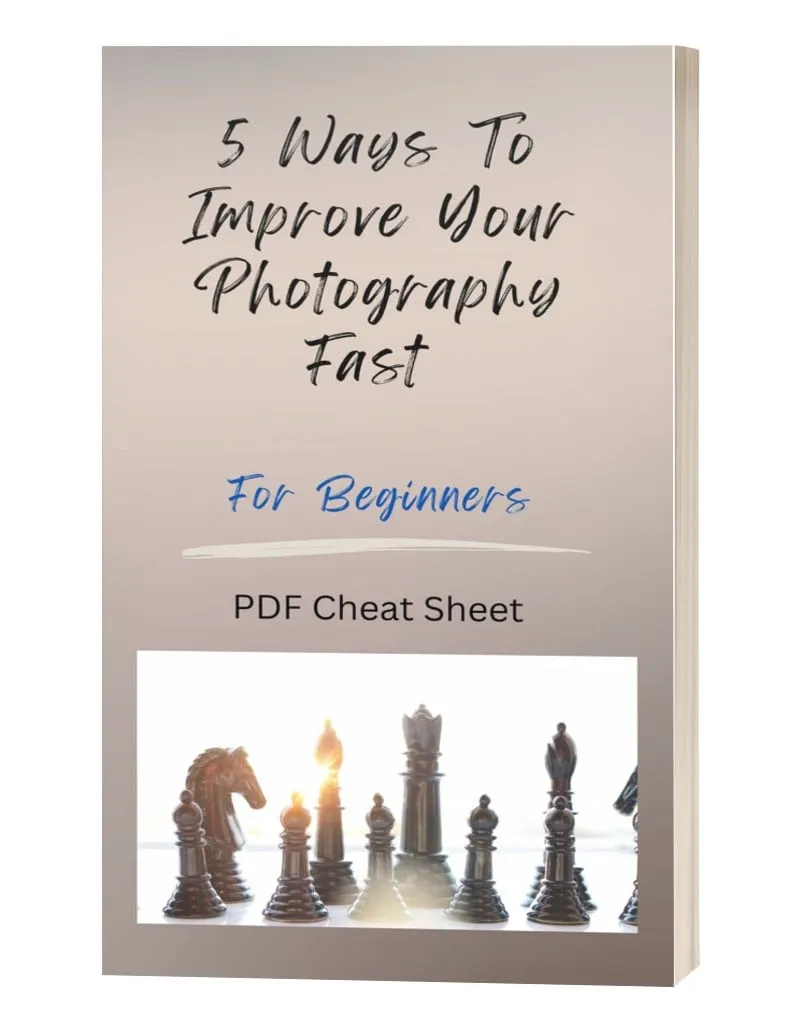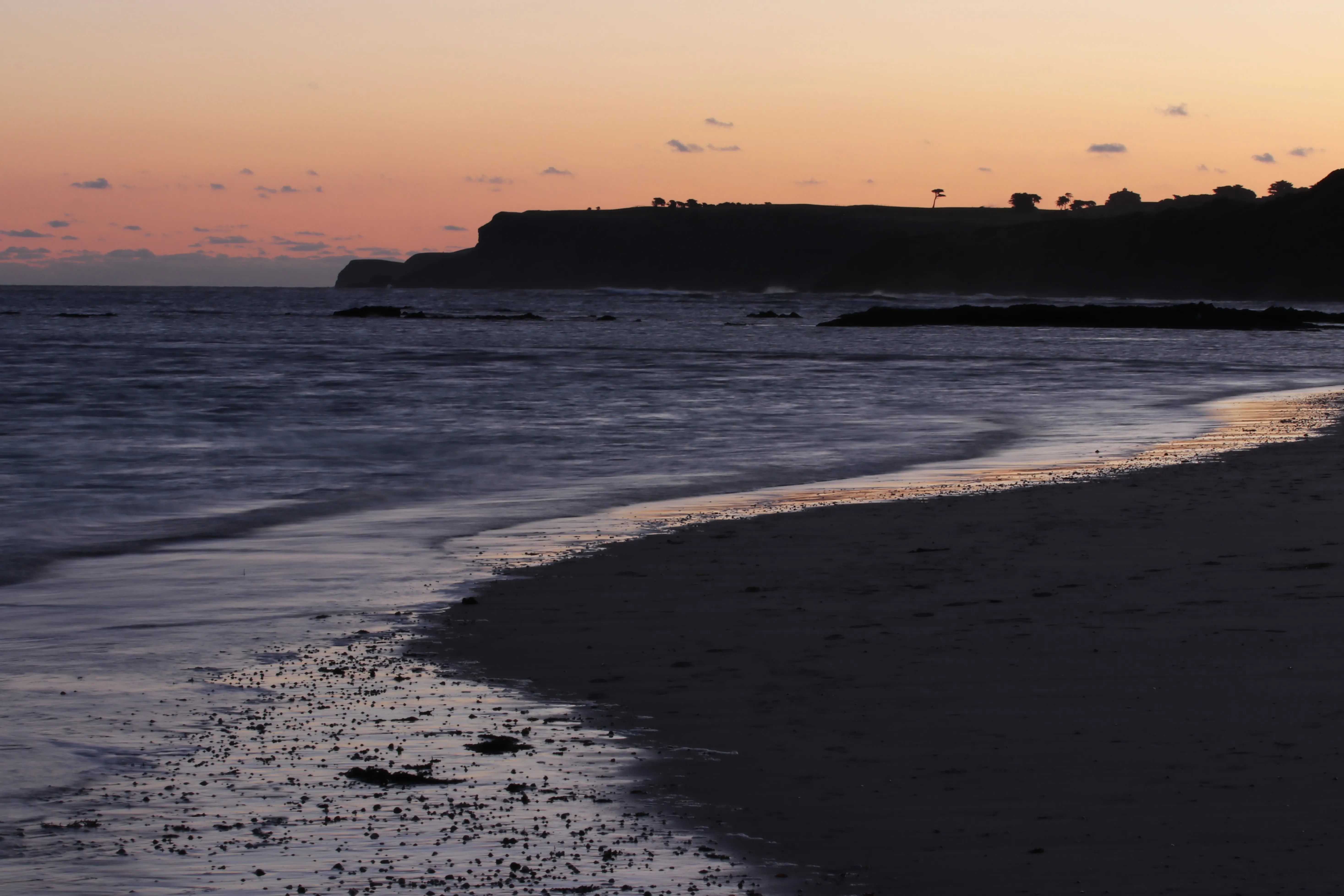Success! Thank you for requesting the
"5 Ways To Improve Your Photography Fast"
(A download link has also been emailed to the email you provided)

-
5 Ways to Improve Your Photography Fast.
1. Shoot More, Worry Less
Photography is a skill that improves with practice, so the more you shoot, the more confident you’ll become.Don’t worry about every shot being perfect—focus on enjoying the process and experimenting with different angles, lighting, and subjects. Every shot, even the ones you don’t love, teaches you something valuable.
Quick Tip: Treat every photo as a learning opportunity.
Set small goals, like shooting one subject from three different perspectives this week, and watch your skills grow quickly!
2. Understand the Power of Simplicity
Less is often more when it comes to creating impactful images.Simplify your compositions by focusing on one main subject and removing any distractions.
You can do this by taking unnecessary elements out of the frame or moving closer to your subject to fill the frame with what really matters.
Quick Tip: Take a few shots of the same scene, eliminating distracting elements or zooming in closer to your subject.
You’ll notice how much more powerful your photos become with a clean, focused composition.
3. Experiment with Composition: Simple Tricks for Better Shots
Great composition can elevate your photography instantly.Start by using techniques like the rule of thirds (imagine your frame divided into a grid of three vertical and three horizontal lines, placing your subject on one of the intersections) or leading lines.
E.g. In landscape photography, look for paths, fences, roads, or rivers that guide the viewer’s eye into the frame. These tricks create depth and make your images more dynamic.
Quick Tip: Next time you’re shooting landscapes or urban scenes, look for leading lines like a road or river, and position them near the bottom left-hand corner of your frame.
This simple trick will instantly improve your composition.
4. Get Out of Full Auto Mode: Take Control of Your Camera
To improve your photography, stepping out of full auto mode is essential.Start by experimenting with aperture priority (A/Av) or shutter priority (S/Tv) modes.
These settings let you control aspects like depth of field or motion blur. For example, using a slower shutter speed (with a tripod) in shutter priority can blur moving water for a smooth, dreamy effect, or freeze action in sports with a fast shutter speed.
Quick Tip: Use aperture priority to create , blurry background, isolating your main subject or try shutter priority to capture motion in water or freeze movement in action shots.
Master these modes and you’ll feel more confident controlling your camera.
5. Don’t Overthink EditingEditing doesn’t have to be complex.
Focus on simple adjustments like contrast and cropping to bring out the best in your images.
Often, minor tweaks are all you need to make a photo shine—without getting bogged down in complicated software.
Quick Tip: Start with a quick contrast adjustment to make your images pop, or crop your shot to better highlight your subject.
Simple edits can have a powerful effect and help enhance your photos without overwhelming yourself.
Final Thoughts
Improving your photography is a rewarding journey, and by applying these five strategies, you’re already taking significant steps toward enhancing your skills.
Remember, every click of the shutter is an opportunity to learn and grow as a photographer.
I’m excited to share more valuable insights and resources in future emails, including the launch of my new online photography course designed to help you elevate your craft even further by getting behind the lens with me on location.
Stay tuned, and keep shooting.
Feel free to email me if you have any questions or suggestions, including any topics you'd like to see covered in future content![email protected]
Note: You can unsubscribe at any time.
Regards,Andrew Baker

Simplicity: The Sydney Opera House at sunrise, where less becomes more.
Photo: Andrew Baker

The water's edge forms a natural leading line, drawing the eye in. Photo: Andrew Baker
